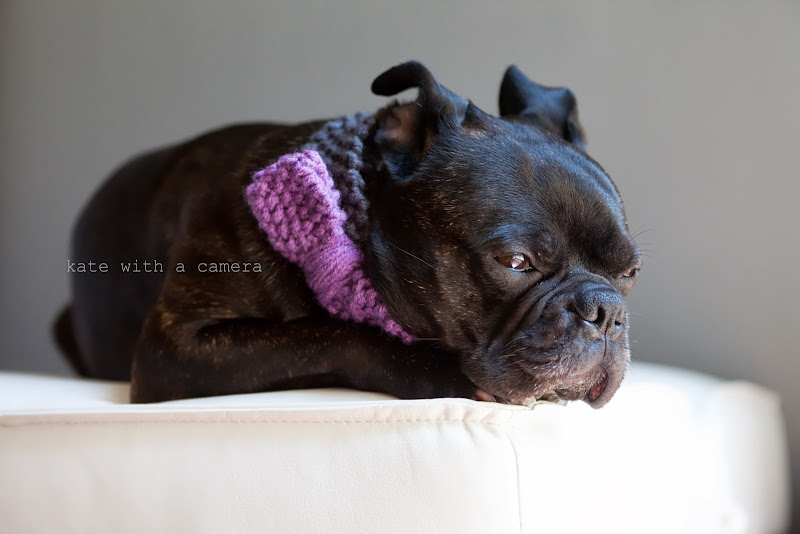Since I am very much still on my photography journey I thought I should make more of an effort to share the things that I’m learning about. Currently on my “to be practiced to death” docket? Playing with different apertures! In particular I’m working on shooting wide open vs. closing down on my aperture. (If you’re new to photography and don’t know what aperture means, check out this post.)
Shooting Wide Open:
What it Means: Shooting with the widest possible aperture your lens will allow. Typically it’s a reference to shooting in the f/1.4 – 1.8 range, but it could also mean f/2.8 as many high end lenses only open that far.
What Happens: Shooting with the widest possible aperture brings in the maximum amount of light (allowing shots in low-light situations) and can create some neat effects. A wide aperture means that less of your image will be in focus. When you’re shooting with an aperture of f/1.4, this can mean that mere slivers of an image are sharp, bringing emphasis to a certain part of a shot.
Some photographers shoot almost solely wide open and for a really long time I’ve tended to shot almost exclusively wide open too. Wide open shooting creates lots of bokeh (blurry backgrounds), something that a lot of photographers love. The images created by shooting wide open can get really creative and artistic and many photographers base their style of photography on this technique.
Here are some images that I shot wide open:

f/2.8, 1/250, ISO 500

f/1.4, 1/800, ISO 400

f/2.8, 1/60, ISO 3200
While shooting wide open has lots of benefits, it also has its pitfalls. With such a shallow depth of field it’s easy to miss focus, so you may get more out of focus images, especially if you’re shooting something that’s moving around. Which means you have to take more shots, which means more editing, more time, and more wear on your gear. Lenses are also typically softer at their wider apertures, which means that even the in focus areas aren’t as sharp as they could be if you were shooting with a smaller (higher number) aperture. Most lenses are their sharpest when shot a few stops from their widest aperture.
Lately I’ve been trying to practice shooting at stopped down apertures. While I think wide open shots are great, I realize that I’m leaving a lot on the table by not using my lenses to their fullest. There’s a whole world of apertures out there, I should be trying them out! By stepping down my aperture just a bit, I can still get great bokeh and create a sharper image overall. I haven’t completely moved away from shooting wide open, but I am enjoying the flexibility that a slightly smaller aperture brings.
Here are a few shots that I’ve taken with smaller apertures:

f/8.0, 1/8000, ISO 500

f/4.5, 1/40, ISO 320

f/4.0, 1/100, ISO 2000

f/4.0, 1/320, ISO 1600
There are merits to shooting both ways and while I discover my shooting style, I’m enjoying experimenting with both.